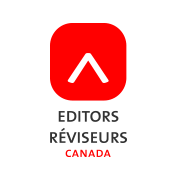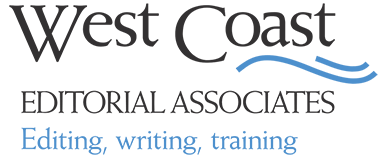There are many editing and plain language conferences planned this year.
So what do you do?
 Imagine being an IMAX screen cleaner: you’d spend hours every day sucking the dust off the giant screens so we in the audience can get the full, vertigo-inducing effects of all the action. As a professional mattress jumper, you would, of course, test mattresses. And we can all guess what a pet food taster does, although I doubt we’d want to help out.
Imagine being an IMAX screen cleaner: you’d spend hours every day sucking the dust off the giant screens so we in the audience can get the full, vertigo-inducing effects of all the action. As a professional mattress jumper, you would, of course, test mattresses. And we can all guess what a pet food taster does, although I doubt we’d want to help out.
What’s it like for people in these jobs when they introduce themselves at parties? Probably most people they meet are intrigued and want to know more (although they may laugh…). But I bet none of these occupations require as much explaining as being an editor does.
When I tell someone I’m an editor, I typically get one of the following responses:
- What newspaper or magazine do you work for?
- I just use my computer to check my grammar and spelling.
It’s easy enough to respond to the first. People seem interested (or maybe they’re just being polite) in how many other types of publications use editors and what we do for them. As a freelancer, I often get the follow-up comment about how nice it must be to control my own schedule. It’s hard to refrain from breaking into hysterical laughter at that one. We are as much at the mercy of our clients’ vicissitudes as in-house editors are of their companies’—except that a company knows what all its projects are, while our clients aren’t concerned about overlapping schedules.
The second comment above is borderline offensive, as if what we do is so mechanical and trivial that a mere machine can handle it all. It comes back to the fact that we editors work in the shadows—most people don’t know who we are or what we do.
The Editors’ Association of Canada (EAC) is trying to change that with the help of a recent rebranding. Through surveys of members and external stakeholders, the association determined that “the greatest obstacles currently faced by EAC are a lack of awareness of the association and the perception of the editing profession as a whole. A shift in perspective is needed both internally and externally to address these issues.” To overcome these obstacles, EAC has developed a “branding platform” that consists of “new logo elements and the core messaging supporting the brand pillars,” plus a new name: Editors Canada/Réviseurs Canada.
The jargon doesn’t inspire confidence—too often jargon masks inaction or dubious approaches. But in this case, I think that as jargony as it is, the branding report accurately describes what the association should be doing for each of the four “brand pillars”: market/jobs, community and network, best practices, and new initiatives/member involvement.
Perhaps if Editors Canada succeeds in its efforts to “actively promote, support and enhance the reputation of the profession and its practitioners” (community and network brand pillar), we editors won’t have to spend quite so much time at parties explaining what we do.
Comments (2)
Comments are closed.




[…] Inspired by Yvonne Van Ruskenveld […]
[…] like editors, regularly run into people who think human indexers have been replaced by computers. “Doesn’t […]